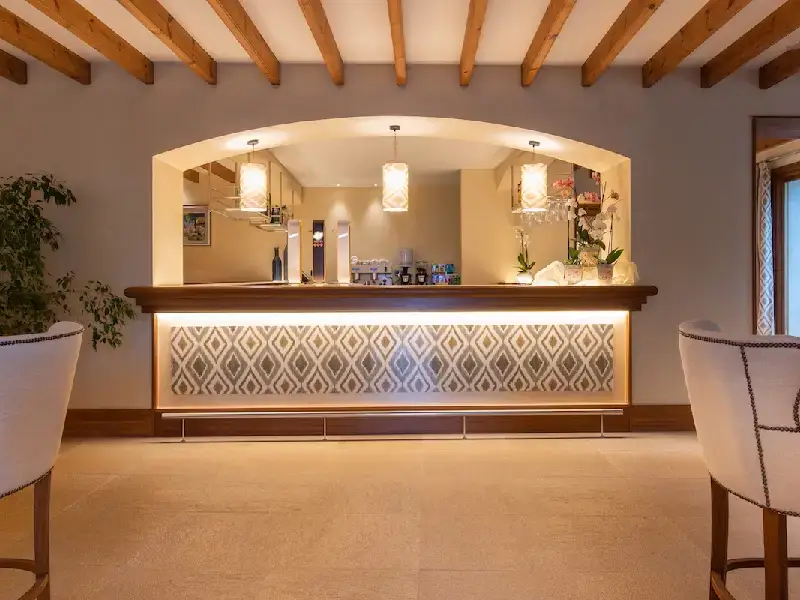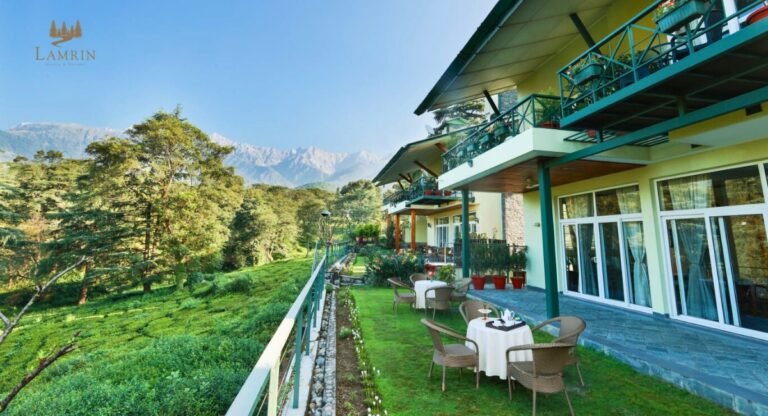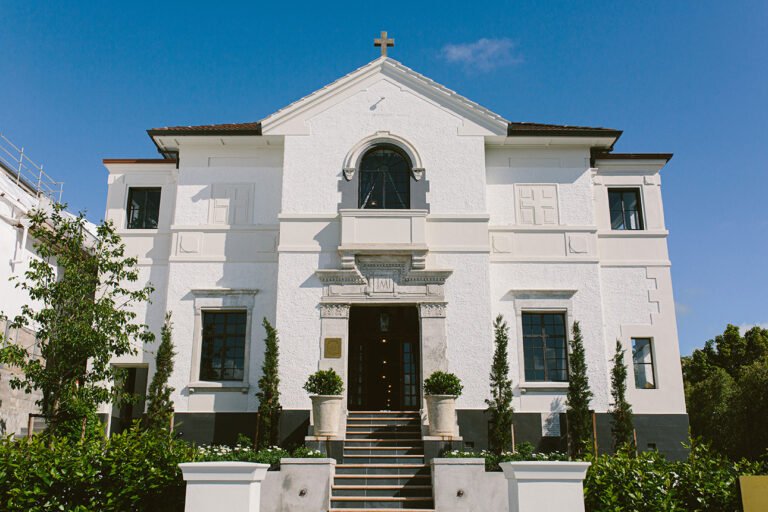Occupancy vs ADR, the never Ending Discussion in Revenue Management

Since the early days revenue management has been applied in hotels, there has been an intriguing ongoing discussion. What drives more value to the business, ADR, average daily rate, or occupancy?
I have been in hotel revenue management consulting since 2006, and it is a question that keeps coming back. ‘How can I make more profit with my hotel?’ Owners that are closely watching the P&L statement are especially keen to understand how they can drive the bottom line of their hospitality business.
Which is it?
So what is it, Occupancy or Average Room Rate (ARR)?
The answer is of course both!
As they both contribute to the total equation of revenue being generated in the hotel. You will find it below expressed in a simple formula:
Occupancy x Rooms Available x Average Daily Rate (ADR) = Room Revenue
Room Revenue can also be expressed in a KPI (key performance indicator) called Revenue per Available Room, or RevPAR. This is the revenue we generate for each room the hotel has in inventory, sold or unsold. It allows hotels to compare their performance against the market or a competitive set.
In a formula it is expressed as follows:
Occupancy x ADR = RevPAR
In the end, it is not about occupancy or ADR, average daily rate, but about how much money is made by the hotel. The term for turnover used in a hotel is revenue. And in this case, Room Revenue, when we talk about accommodation.
Hotel Room Profit
But as hotel owners or investors rightfully ask, how can we drive more bottom-line profit in a hotel? We need to take a closer look at the revenue and start dissecting it.
To be more precise we have been talking about Gross Room Revenue, as it only represents the income and does not reflect any costs.
The cost of goods sold (COGS) for hotel rooms consists of a variety of costs, which could include OTA commissions, 3rd party fees, GDS fees, marketing spending (both for direct and indirect channels), and system costs like booking engine, CRM, channel manager, etc. Basically, any cost related to selling rooms.
Subtracting all these costs will get you a Net Room Revenue, Back in 2010, we coined the KPI to express this as NREVPAR or Net Revenue per Available Room. This will give you a much better understanding of how much each channel and reservation is actually contributing to the bottom line.
For a more full picture including operational costs like cleaning into the mix, the KPI GOPPAR is used. It stands for Gross Operating Profit Per Available Room.

The Real Question
Having given some background information on the KPI used in hotel revenue management to evaluate the effectiveness of yield strategies, we can get down to the real questions owners are trying to ask.
It boils down to something like this: ‘But if we would do 5% lower occupancy, at a 5% higher ADR, would we not make more profit?’
The answer is, of course, yes—you would. But in practice, it is not so simple. Of course, a higher ADR is more profitable than a lower average room rate. But raising the rates by a certain percentage does not automatically get you to the desired result.
Hotel rooms are sold in a highly dynamic marketplace with many external factors impacting your daily sales results. Selling hotel rooms is not an exact science, and is impacted by many intangibles.
Theory Vs Practice
The question of how to make more profit is of course an important one to keep asking yourselves. However, I am not a big fan of looking for lower occupancy to achieve more profit.
In my decades of experience in hotel revenue management, I have found it is easier to navigate and improve revenues of a hotel, when there is a certain level of compression. Once you start removing this pressure, your hotel’s pick-up patterns will start behaving fundamentally differently.
And when pressure is lower things get trickier. 80% occupancy on low-demand days is not the same as 80% occupancy during the high season. And your average room rate should vary significantly during these seasons. Many hotels I know do not run a profit for 12 months per year. That also means cash flow is impacted negatively for extended periods of time. What truly helps is to have an understanding of your fixed cost vs. your variable cost. Avoid selling rooms below variable cost at all times. However, in order to keep cast flow healthy, you have no option but to sometimes sell rooms below total cost.
So we have to tread very carefully when it comes to pushing up the rate of a hotel. If done extensively it could have an adverse impact on the financial performance. Pricing the hotel above a threshold could have an overly negative impact on conversion rates, leading to lower-than-intended occupancy levels.
It could lead to risky situations, where last-minute rates have to be softened to offset low pick-up, and the end result being worse. Rather than pursuing an idealistic course, I would follow a pragmatic approach.
Also from a consumer’s perspective, the price value equation might not be ideal any more, leading to a lowering of the guest review score online, which could lead to long-term erosion of results.
Neither should we ignore the fact that guests spend on additional services while staying at your hotel. Incremental revenue can be generated with food and beverage, spa, etc, but also no-show and cancellation fees. You would not want to lose out on this.
Summing Up
The question of how to make more profit in your hotel is not about occupancy or ADR. It is a question about REVPAR, NREVPAR and GOPPAR. How can you achieve a channel and segment mix, and costs involved, to come to optional GOP?
I hope this article from our hotel revenue management consulting perspective helped you to provide some answers to tough questions on ADR and occupancy and get inspired to take your hotel´s performance to the next level.
Cheers,
Patrick Landman @ Xotels
—
This post originally appeared on the Xotels blog here and is reproduced with their permission.








